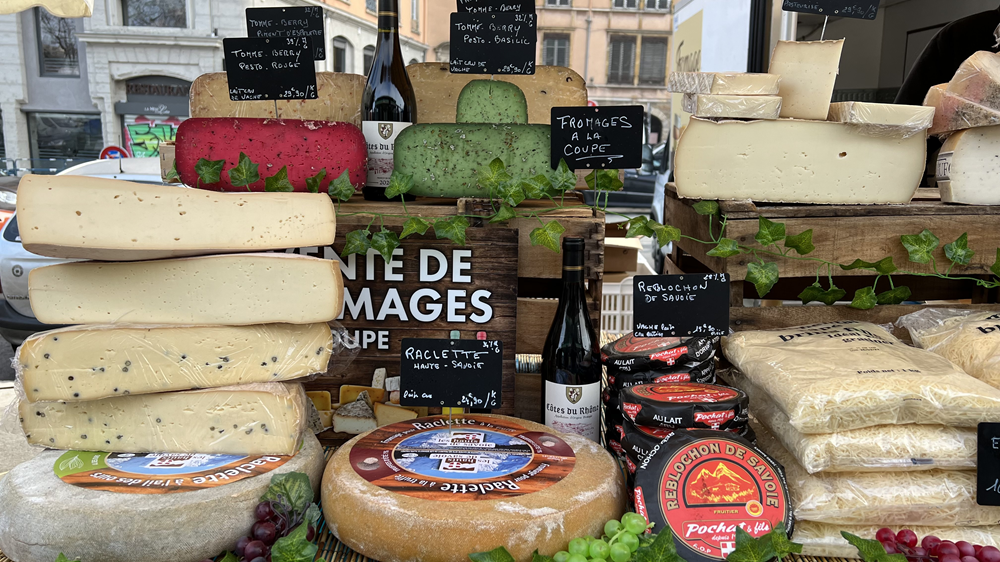Nothing says sophisticated like a seasonal cheeseboard, as opposed to one made up of whatever common or garden fromages you’ve nabbed from your local supermarket.
So here are four fabulous French cheeses to round off your dinner parties this spring.
Brocciu PDO
Brocciu is a goat’s and/or sheep’s cheese made in Corsica. As well as a place on your cheeseboard, it can be used in many Corsican dishes, too – think cannelloni or stuffed vegetables and the famous Corsican desert fiadone, a flan made with Brocciu, eggs, sugar, and flavoured with lemon zest.
At its best between November and June, Brocciu (from the Corsican dialect brousser, which means to beat) is thought to have been invented 10,000 years ago. Both its milk and cheese production are carried out only in the departments of Haute-Corse and Corse-du-Sud and Brocciu is the only PDO cheese to be made from reheated whey, which is usually thrown away in the cheesemaking process. It is then salted and dried on wooden boards and wrapped in tree leaves for two weeks. You can also find a matured version, called Brocciu passu, although this doesn’t bear the PDO.
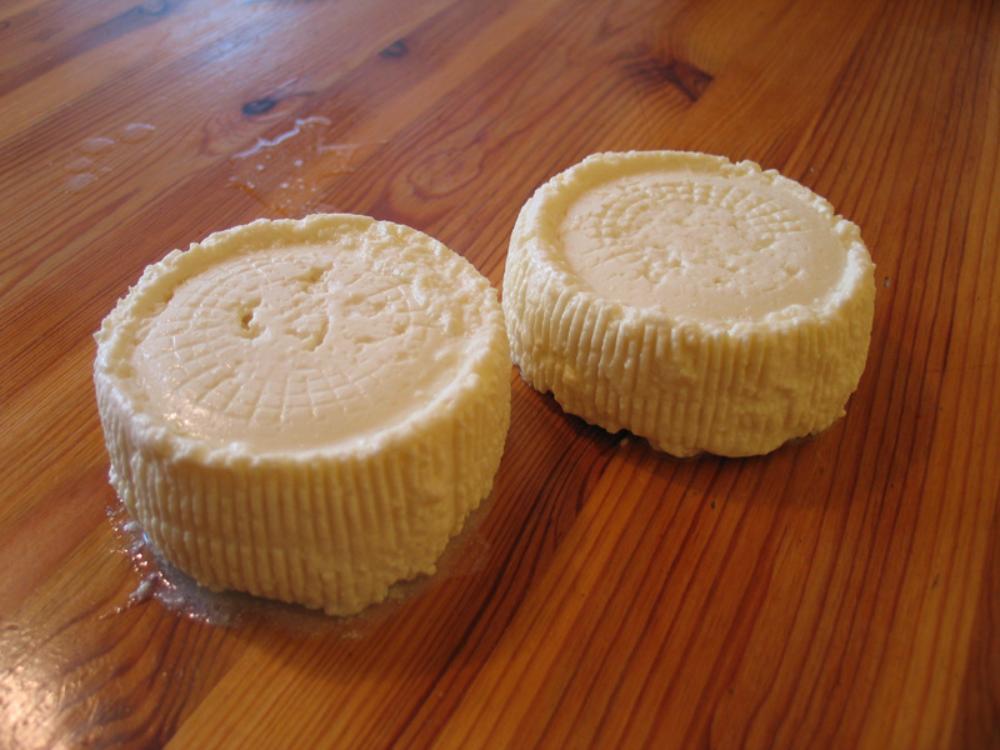
Laguiole PDO
Made using methods invented by monks in the 12th century, Laguiole is an uncooked, pressed cheese made from raw whole milk from Simmental and Aubrac cows.
Hailing from the volcanic plateaus of Aubrac (which straddles Cantal, Lozère and Aveyron) it was traditionally matured in burons, small stone dwellings lived in by cowherds tending the herd as they graze on the summer pastures. Transhumance is still a huge part of life in Aubrac and each spring, festivals are held for the herds as they set off for the mountain pastures.
The cheese is matured for at least 120 days up to two years in the cellars – there are several types of Laguiole, each with a different ripening time.
The 75 farms that are members of the cheese cooperative are all located in the appellation d’origine area, which encompasses the 73 communes that make up the Aubrac plateau.
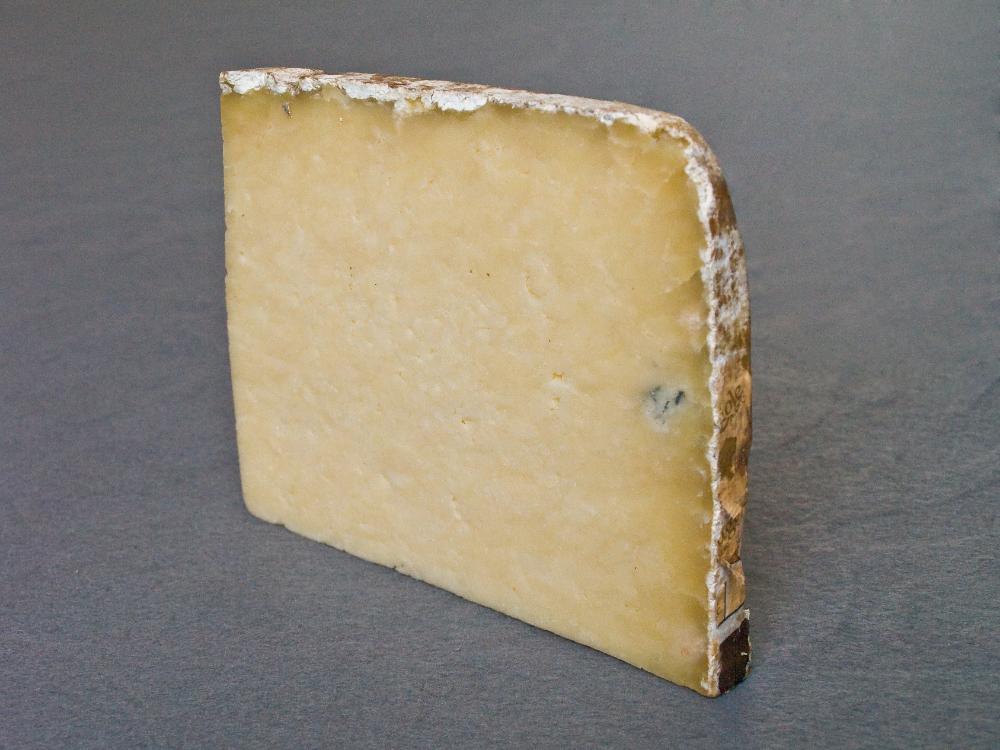
Valençay PDO
Produced in the Centre Val-de-Loire, this creamy goat’s cheese, with aromas of fresh nuts and dried fruit, is easily recognised by its pyramidal shape. Legend has itthe tip was lopped off in an echo of the failure of Napoleon’s Egyptian campaign.
Valençay is made from raw whole milk and covered in ‘ash’, a food-grade charcoal. Historically, this was done to preserve the product, using charcoal from vine shoots, which explains why ash cheeses are mainly produced in areas where there are vineyards.
The cheeses are transferred to a hâloir, where the temperature does not dip below 10°C, and the bluish-grey covering forms as they ripen.
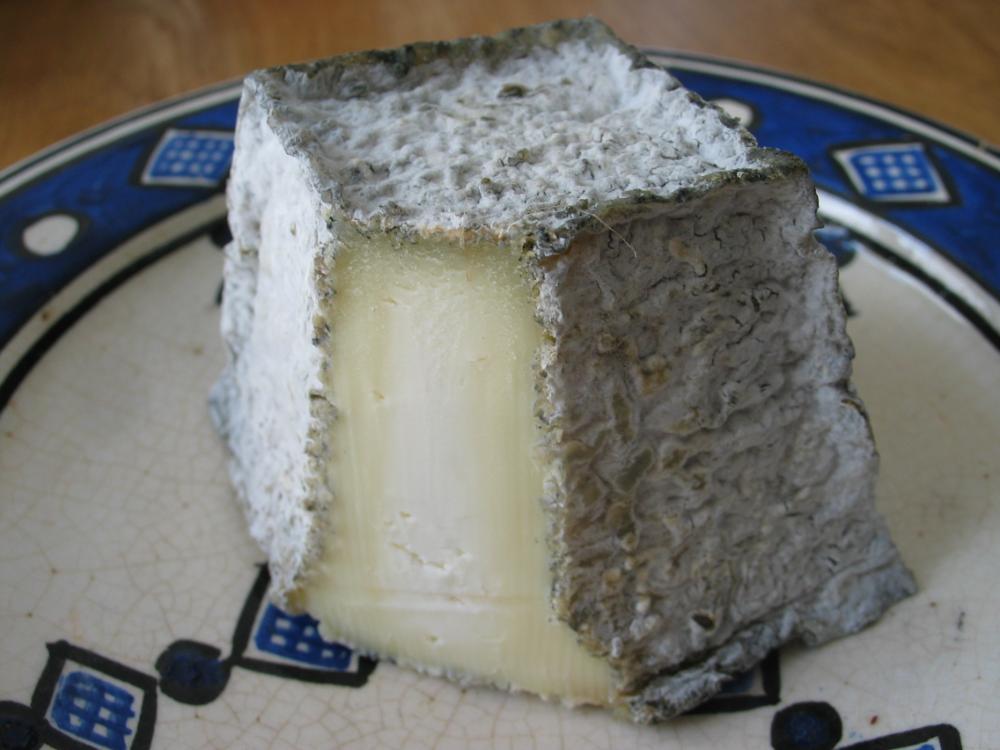
Maroilles PDO
Invented a millennium ago by the monks of Maroilles Abbey, this soft raw cow’s cheese is made in Thiérache, Hauts-de-France.
You can buy this orange-hued, strong cheese in varying levels of maturity, from the 180g Quart, which is matured for 21 days, to the Maroilles gris, which has a maturation time of around five months.
Made famous throughout France by the film Bienvenue chez les Ch’tis, Maroilles is used in the flamiche (a tart made with leeks and cream) and can also be enjoyed in a fondue. It has a full-bodied flavour and a creamy, salty paste and is the only PDO cheese in Hauts-de-France.
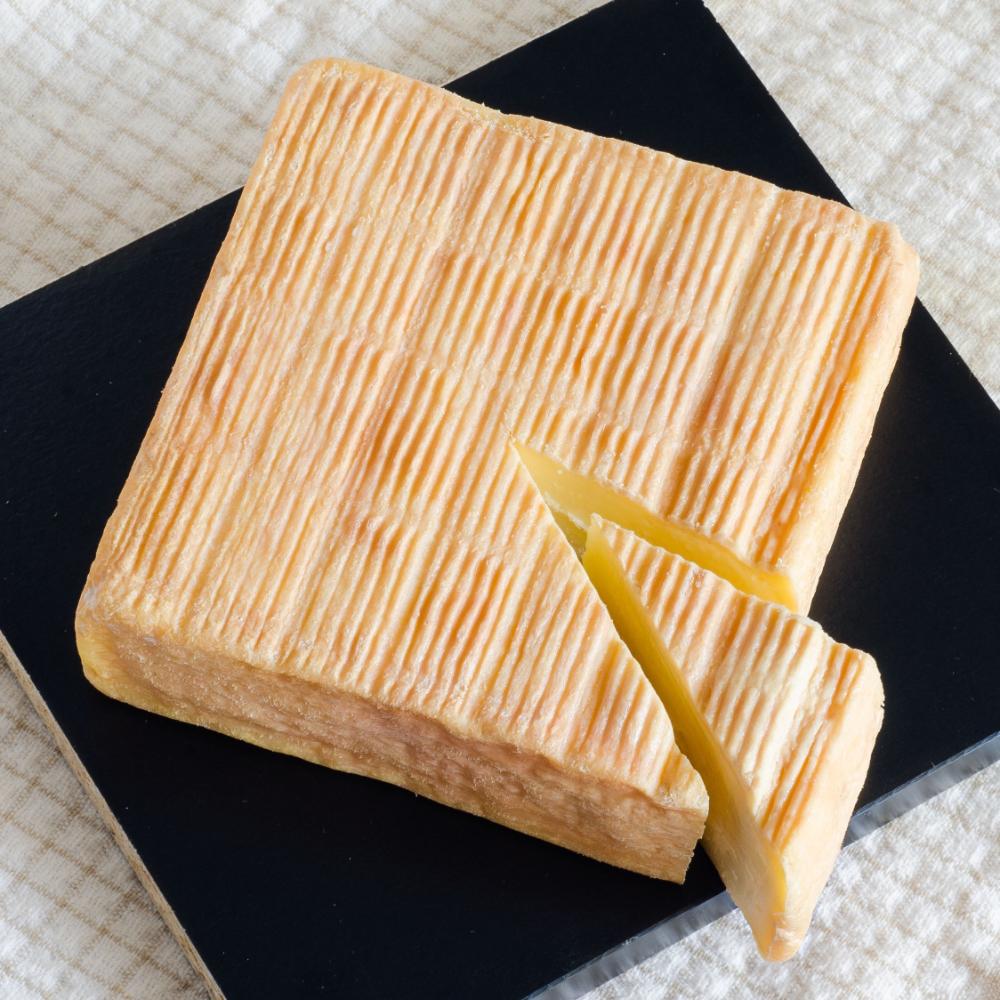
Latest Posts:
- Nine new restaurants awarded Michelin Green Star for sustainability
- 52 restaurants awarded one Michelin Star for 2024
- French bid to stamp out gastro ahead of Olympics
- Michelin recognises individuals in restaurants across France
- Where to go for dessert, according to Michelin

